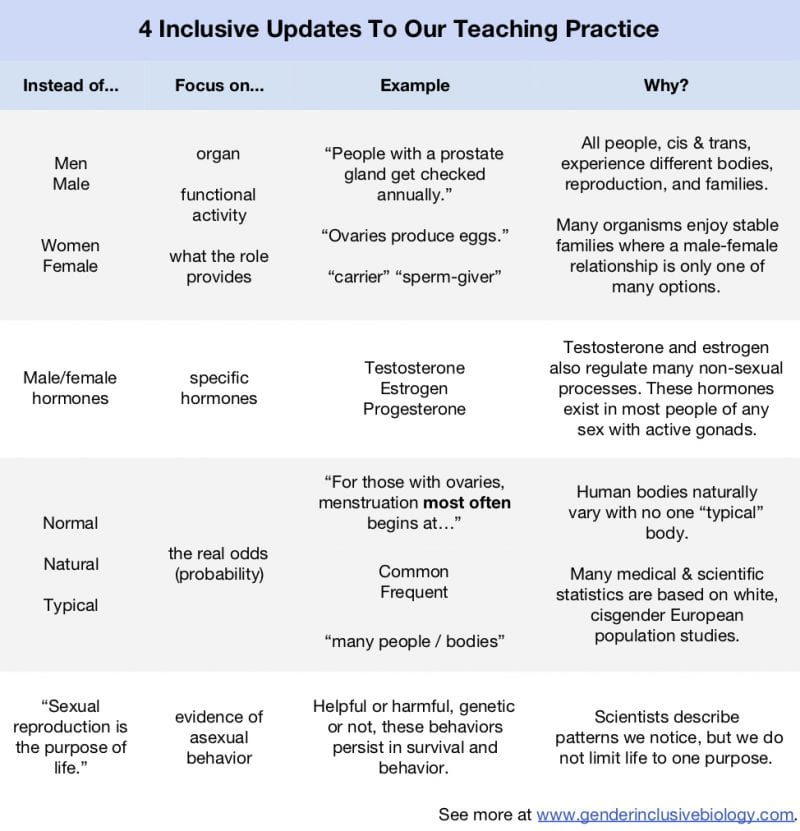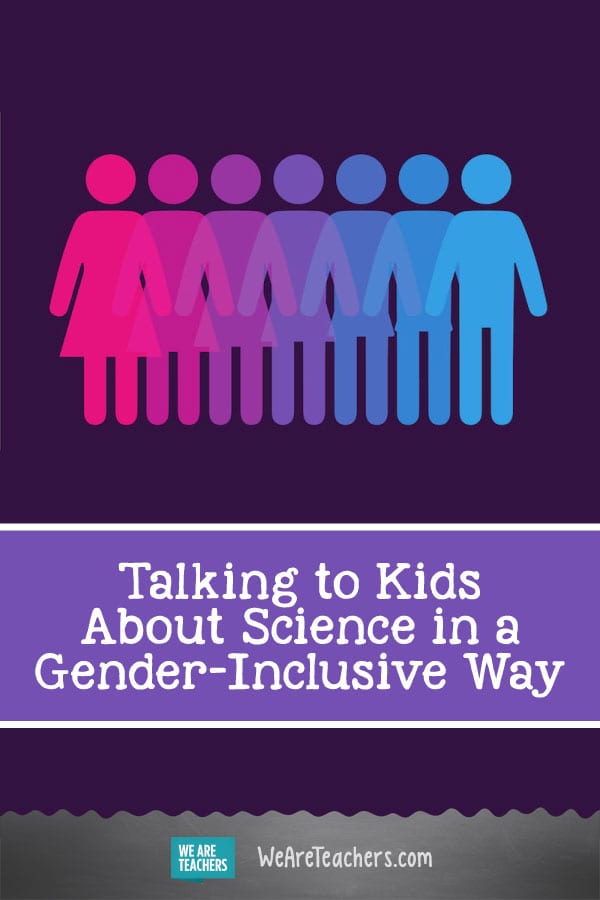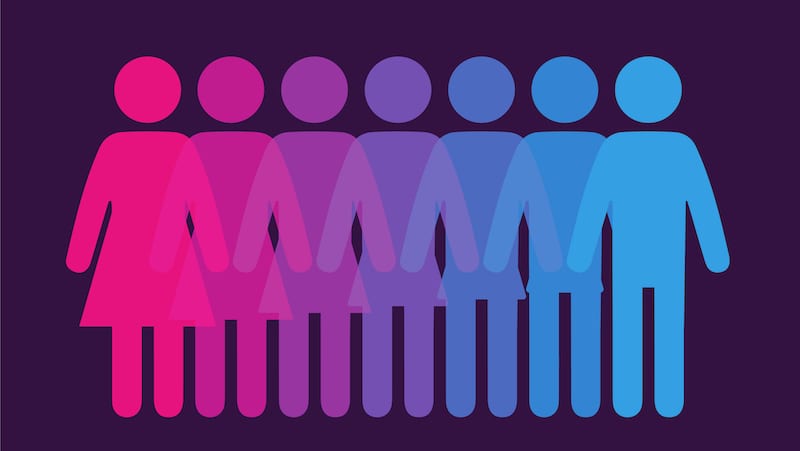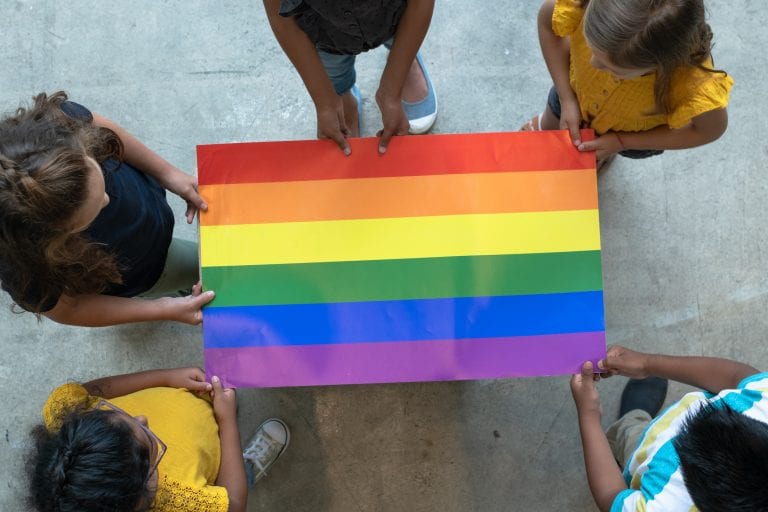When I switched to science teaching, I worried we weren’t preparing students for the diverse professional work environments I had left. Peers from different backgrounds often struggle to work together, and some curriculum can limit, not expand, the student conversation.
Even in San Francisco, more experienced teachers asked me, a nonbinary immigrant biology teacher, whether science had any unbiased resources for talking to students in a gender-inclusive way. I’m passionate about creating a classroom where students can stay curious about new experiences and identities, but I still want to keep science at the center.
That’s why my colleagues and I started GenderInclusiveBiology.com, a resource for teachers who want an evidence-backed, gender-inclusive approach to talking to students about biology. To get you started, I’m sharing four ways teachers can respond to common gender-related questions using the evidence-based model from GenderInclusiveBiology.com. Below that, you’ll also see a chart of small updates you can make to your own practice while teaching biology.
A student says, “You need a mom and dad to make a baby.”
Respond: “Not every family has a mom and dad. An egg and sperm can combine to make a baby. The people who make the sperm or egg are not always the child’s parents.”
Families come in all shapes and sizes, and not every family assigns ovaries or uterus to “mother” and testes to “father”. Socially, legally, and emotionally, students may consider different people to be mother, father, or parent.
A scientific approach lets students choose how they describe their families by focusing on the evidence instead of the identity.
A student says, “My textbook says a characteristic ‘goal’ of life is to mate and have biological children.”
Respond: “Some biologists use resource access to measure survival, not offspring. In fact, many species reproduce asexually or raise children not biologically related to them.”
What does a “goal of life” say about humans who do not experience biological children or parents? Many organisms also reproduce without carrying an infant, giving birth, or having a sexual partner. Focusing on these simple examples helps include the experiences of all organisms.
[contextly_auto_sidebar]
A student says, “But I was taught that everyone is XX or XY. Is that wrong?”
Respond: “That’s only true for some girls and some boys, and we made a mistake by not counting everyone. A clearer picture includes people born with bodies different from how you might expect for a boy or girl.”
Over a dozen possible genetic combinations create a body with different sex traits. People who are intersex are as common as people with red hair: 2% of all humans!
Many women do not have XX chromosomes and vice versa. Many intersex people have XX or XY, while many others have chromosome patterns that are different from XX or XY. (Learn more at Scientific American and Advocates for Intersex Youth.)
A student says, “Same-sex pairings or transgender behavior is unnatural because they don’t produce babies.”
Respond: “Researchers have recorded many examples of same-sex and transgender behavior in humans and non-humans throughout history. Whether helpful or harmful, genetic or not, these natural behaviors persist in survival and behavior.”
LGBTQ+ behavior is part of evolution! Same-sex and transgender behavior occurs in animal species and in human cultures throughout history. Studies suggest that same-sex and transgender behavior coincides with reduced aggression, shared resources, and healthier children.

For more tips and lesson materials, visit Gender-Inclusive Biology, created by three science teachers who curated an evergreen collection of resources for teaching about gender and sex in biology.
Plus, check out Building Equity in the Science Classroom.


